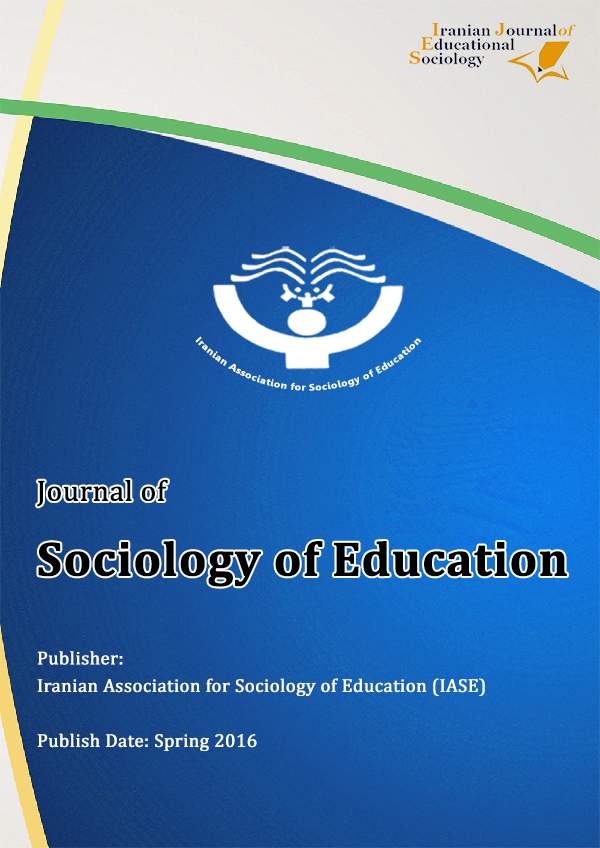Presenting a Teacher Performance Management Model Based on Organizational Retention
Keywords:
Teacher performance management, organizational sustainability, education system, improvement and developmentAbstract
Purpose: The present study was conducted with the aim of proposing a teacher performance management model based on organizational retention.
Methodology: This study employed a cross-sectional, quantitative design. The study population consisted of all first- and second-cycle secondary school teachers in Alborz Province during the 2022–2023 academic year, totaling 5,590 individuals. A sample size of 360 teachers was selected using a multi-stage cluster random sampling method. The research instruments included a demographic information form (gender, education, age, teaching level, and years of experience) and a researcher-made Teacher Performance Management Questionnaire based on organizational retention, consisting of 49 items. The face validity of the questionnaire was confirmed by 10 faculty members, its content validity index for each item exceeded 0.79, and its reliability, assessed via Cronbach’s alpha on a sample of 30 individuals, was calculated at 0.87. Data were analyzed using exploratory factor analysis and structural equation modeling through SPSS and AMOS software.
Findings: The findings of this study indicated that the Teacher Performance Management Questionnaire based on organizational retention comprised 49 items, each with a factor loading greater than 0.60. Furthermore, teacher performance management based on organizational retention included eight components across five strategic dimensions: (1) strategic (with three components: procedural, development and improvement, and content-based), (2) intervening (with two components: content-based and contextual/structural), (3) consequences (with one component: development and improvement), (4) causal conditions (with one content-based component), and (5) contextual conditions (with one contextual/structural component). The average extracted variance for dimensions and components exceeded 0.50, and the reliability of each, measured via Cronbach’s alpha, was above 0.80. Moreover, the proposed model demonstrated good fit, and in the model, the effects of dimensions on components and components on items were statistically significant (P < .05).
Conclusion: Educational system specialists and planners, considering the proposed teacher performance management model based on organizational retention, can take effective steps toward enhancing teacher performance aligned with organizational retention through the identified dimensions and components.
Downloads
Downloads
Published
Submitted
Accepted
Issue
Section
License
Copyright (c) 2025 سیده نسترن شرافتی, مژگان عبدالهی, پریسا ایراننژاد, رمضان جهانیان, مهتاب سلیمی (نویسنده)

This work is licensed under a Creative Commons Attribution-NonCommercial 4.0 International License.










